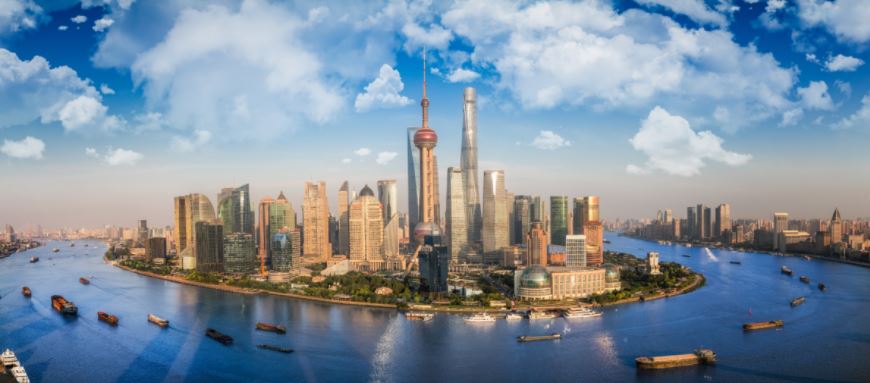Shanghai, China – April 19, 2019 – Gradiant China, a division of US and Singapore based Gradiant, is participating at IE Expo China, the leading trade fair for Environmental Technology Solutions in Asia from April 15th – 17th. Gradiant China will showcase its award-winning suite of wastewater treatment solutions uniquely designed to address environmental challenges faced by industrial customers and customized for Chinese markets.
China is home to almost 20 percent of the world’s population but holds only seven percent of the world’s freshwater. Increasing water shortages have led to the country enacting the Water Pollution Prevention and Control Act, which focuses on the conservation and protection of such water resources. Effective since January 2018, industries that fail to adequately monitor or manage water pollutants under this law are liable to be fined.
Chinese authorities have also introduced a tax incentive policy to spur R&D and the utilization of facilities for water and energy saving as well as environmental protection. These factors are prompting an increasing number of businesses to move from traditional water treatment methods to novel cost-effective sustainable approaches that meet discharge requirements and prove economically and environmentally viable.
One such business is the Ligang coal power plant in Jiangsu Province where Gradiant partnered with industrial giant, Shanghai Electric, since the start of 2018. Gradiant China completed its commissioning, deployment, and operational phase of treating 125 m3/day of flue gas desulphurization wastewater using its proprietary technology, Carrier Gas Extraction (CGE).
Backed by over two hundred global patents and over 30 billion liters of treated contaminated wastewater, CGE generates economic value by transforming waste into valuable resources. Through CGE’s robust near zero-liquid discharge (ZLD) treatment, Gradiant has saved Shanghai Electric over 90 percent on water recovery, increasing uptime, and improving overall efficiency compared to incumbent technologies.
“Gradiant China’s solution was the answer to our wastewater treatment challenges. They provided the optimal combination of state-of-the-art technologies, automated controls, and a robust cost-effective sustainable treatment model that allowed us to target our environmental sustainability problems and save on capital. We plan to scale up using this unique approach to our other various plants,” said Sherry Mi Zhang (张觅), Shanghai Electric’s Technical Manager.
Other technologies currently being leveraged by Gradiant China for its Chinese clientele include Counter-Flow Reverse Osmosis (CFRO), Selective Chemical Extraction (SCE), Ultra-Filtration (UF), and Ceramic Membranes. The long-term goal of these solutions is to enable industrial growth in harmony with nature.
“Gradiant China wishes to use this tradeshow as an opportunity to expand our market and reach customers in the Chinese industrial water space. Gradiant, our parent company, has been successful in North America, India, and now the Asia Pacific region in addressing our clients’ industrial water treatment challenges,” said Gradiant China’s Managing Director, Jason Yu. ” We’ve saved our customers money by creating a paradigm change in their life cycle cost of water. China is the next frontier for our company and I’m excited to engage local clients and introduce them to our technologies and customized business models.”
- Gradiant China, a division of US and Singapore based Gradiant, will be attending Shanghai’s Leading Trade Show for Environmental Technology Solutions, IE Expo, to introduce its technologies uniquely designed to address environmental wastewater discharge regulations faced by industrial customers
- Gradiant’s partners in China include Shanghai Electric, the world’s largest manufacturer of steam turbines and a multi-national power generation company
- Gradiant deployed the Carrier Gas Extraction (CGE) technology at a power plant built by Shanghai Electric to treat wastewater from the Flue Gas Desulfurization (FGD) process, increasing fresh water recovery to over 90 percent, increasing uptime, and improving overall efficiency compared to incumbent technologies






